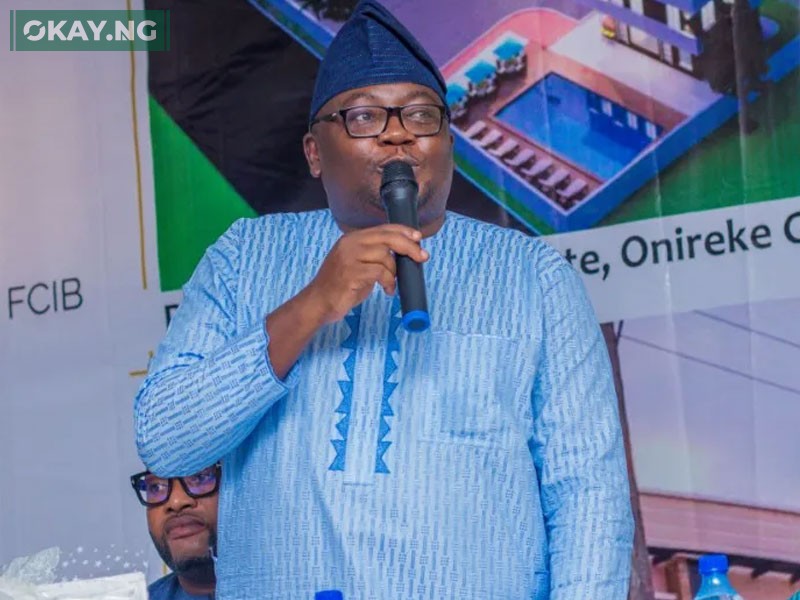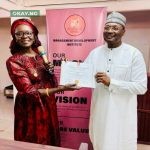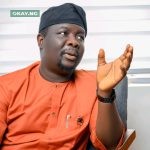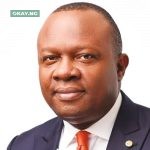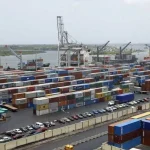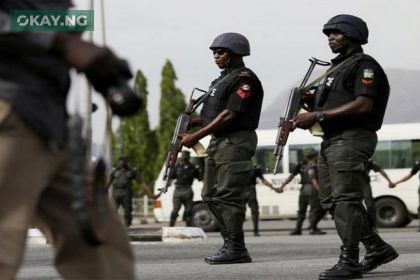Recent data from the Nigerian Electricity Regulatory Commission (NERC) reveals a significant downturn in electricity meter installations, contradicting the federal government’s assertions of progress. The NERC data indicates that only 547,436 meters were installed in 2024, falling short of the targeted 800,000, representing a 68 percent installation rate. This figure marks the lowest annual installation in the last four years, raising serious concerns about the efficacy of ongoing power sector reforms.
This sharp decline comes despite claims by Adebayo Adelabu, the Minister of Power, that over 572,050 meters had been deployed under the National Mass Metering Programme (NMMP), aimed at reducing the metering gap. Bolaji Tunji, Special Adviser, Strategic Communications and Media Relations to the Minister of Power, had also stated that metering installations were progressing steadily.
However, the reality on the ground paints a different picture. With over seven million households still subjected to estimated billing, many Nigerians are left at the mercy of arbitrary charges from Distribution Companies (DisCos).
“How can the government claim progress when we’re seeing fewer meters being installed?” questioned Chinedu Okeke, a Lagos-based consumer rights activist. “This lack of transparency is why many Nigerians distrust the power sector reforms.”
Adetayo Adegbemle, convener and executive director of PowerUp Nigeria, echoed these sentiments, stating, “The government needs to be sincere about these policies and their implementation. But I would rather the government sit out on such policies like metering and just ensure the private sector handles it. Even the World Bank-sponsored NMMP Phase 2, which was promised to be done in the the first quarter (Q1) of 2025, hasn’t seen the light of day.”
Read Also: DisCos Achieve 94.61% Energy Offtake Amidst NERC Sanctions
A deeper analysis of NERC reports shows that the 2024 figures represent a 34 percent decline from the 828,284 meters installed in 2021, a period when the country was expected to scale up to meet growing demand and eradicate estimated billings.
Since the privatization of the power sector in 2013, various interventions, including the Credited Advance Payment for Metering Implementation (CAPMI), NMMP, Meter Asset Providers (MAP) schemes, and Vendor and DisCos Financed frameworks, have been implemented to drive metering. However, as of December 31, 2024, only 6.29 million out of the 13.5 million registered electricity customers across the twelve DisCos were metered, indicating a poor 46.57 percent metering rate.
Despite these challenges, the federal government anticipates the delivery of 3.2 million meters, with the first consignment of 75,000 meters under the International Competitive Bid 1 (ICB1) expected to arrive in April 2025, followed by an additional 200,000 meters in May. Tunji emphasized that approximately 55 percent of the 10.1 million active electricity users were already metered as of December 2024.
To accelerate meter deployment, the government has launched the Distribution Sector Recovery Program (DISREP) and the N700 Billion Presidential Metering Initiative (PMI). DISREP aims to deliver 3,205,101 meters by 2026, while PMI targets two million meters annually for five years.
“The narrative that Nigeria’s metering gap will take over a decade to resolve is misleading,” Tunji stated. “With the current interventions, we expect significant improvements before the end of the year.”
However, the current data paints a concerning picture, highlighting the ongoing struggle to bridge the metering gap and provide reliable electricity to millions of Nigerians.


